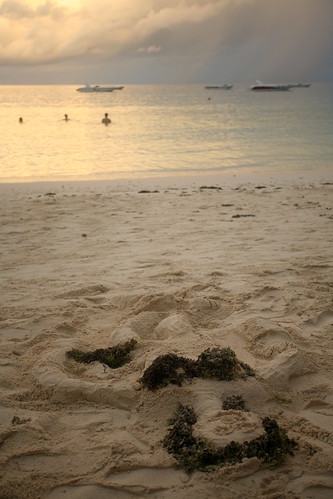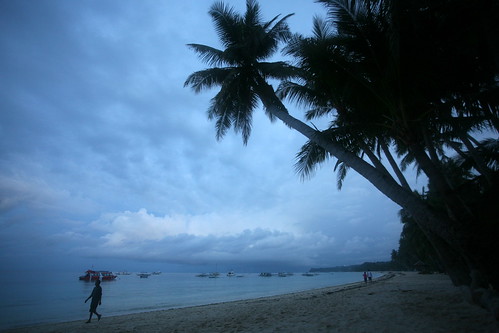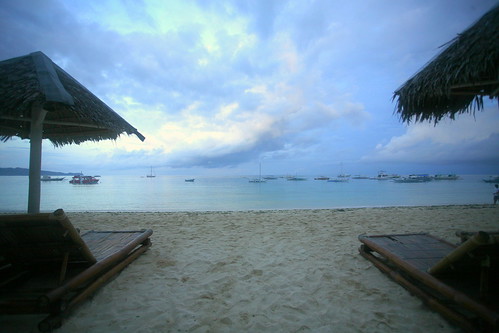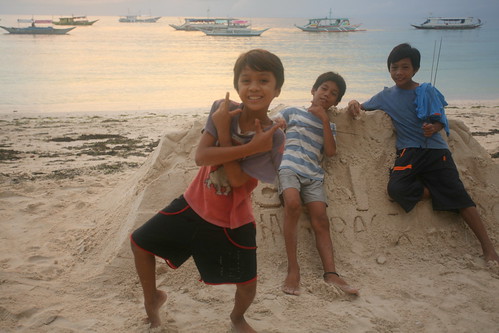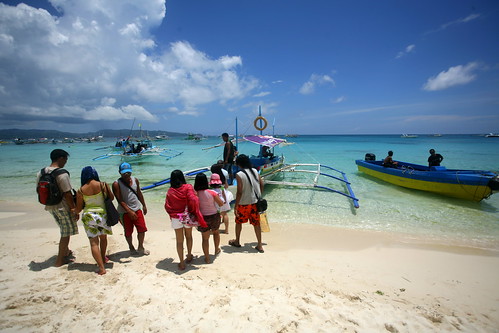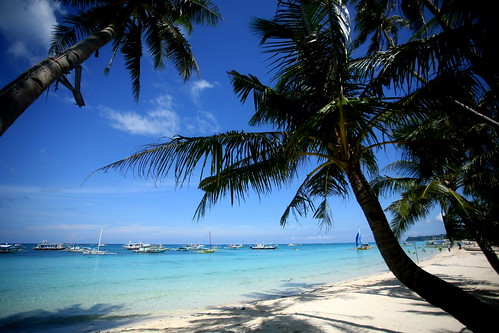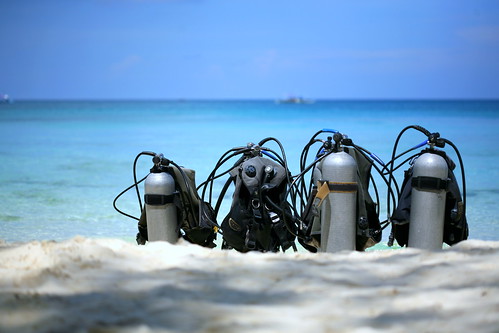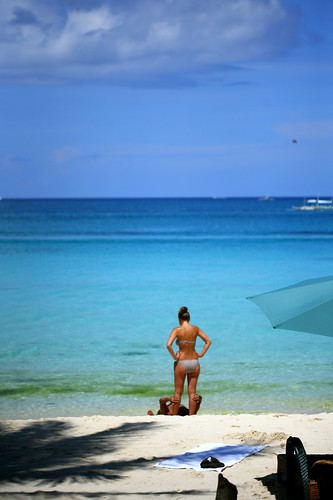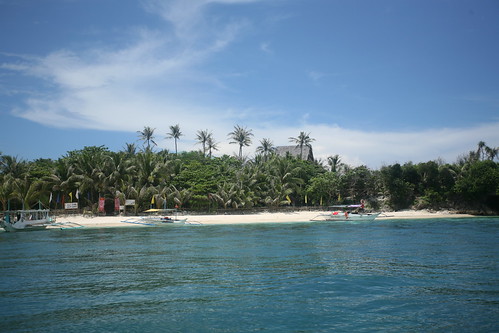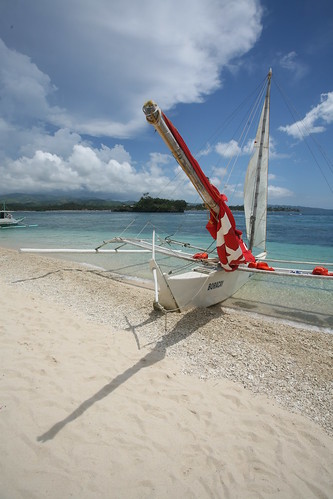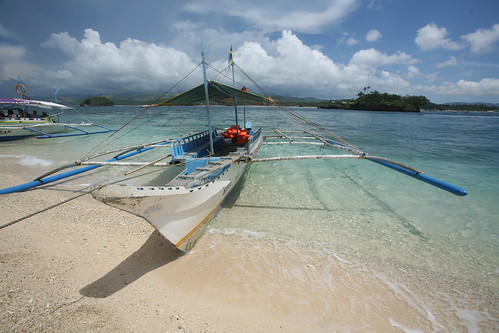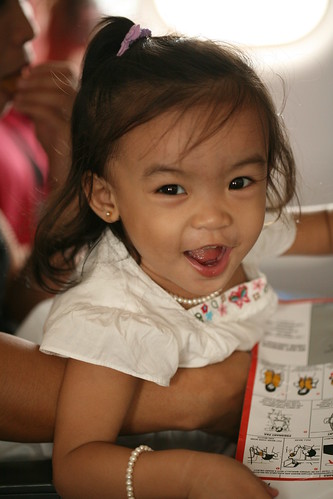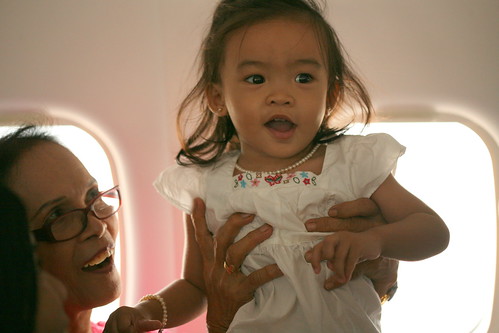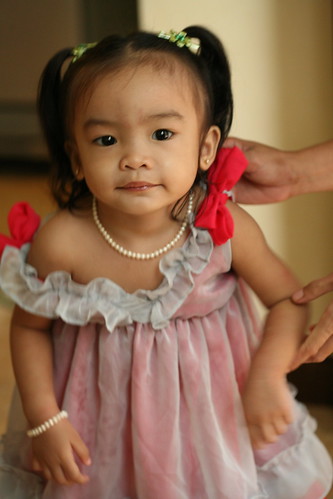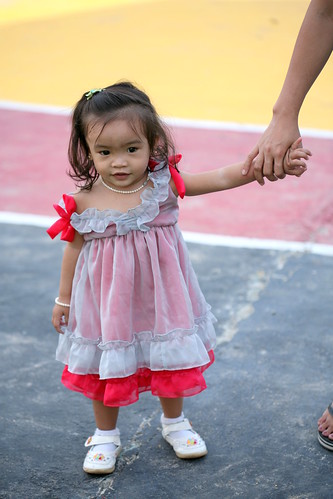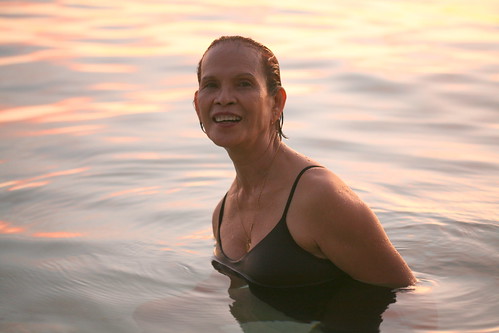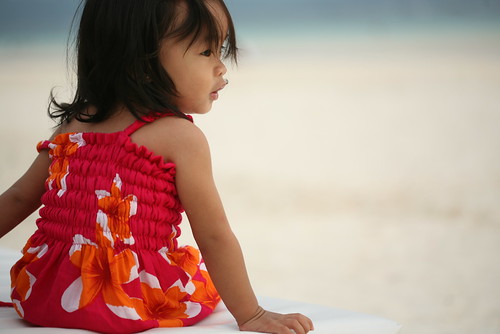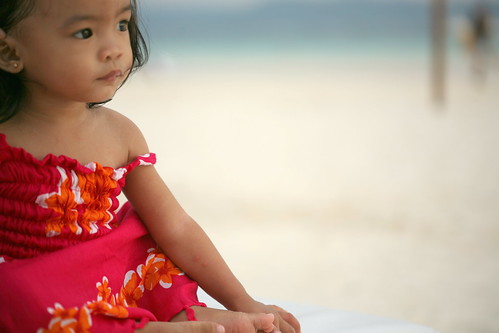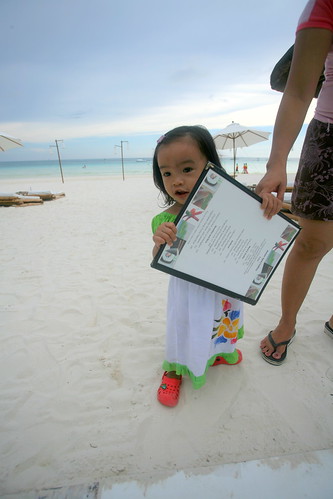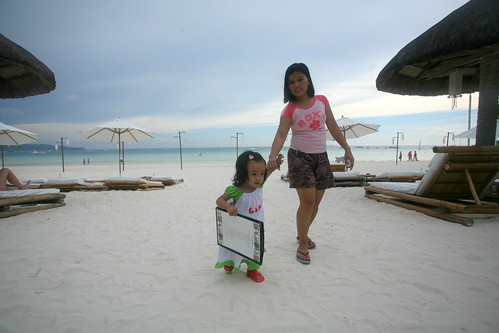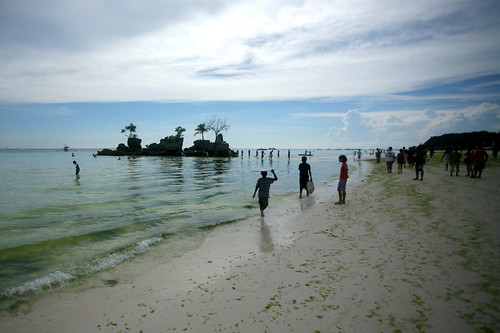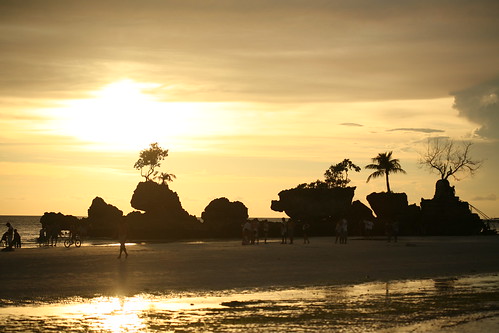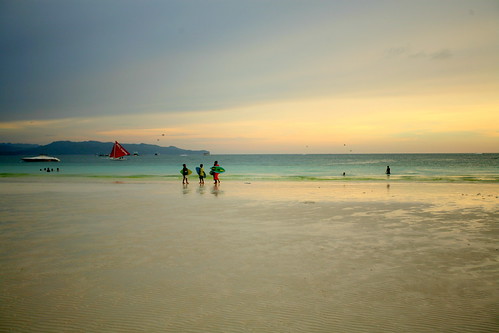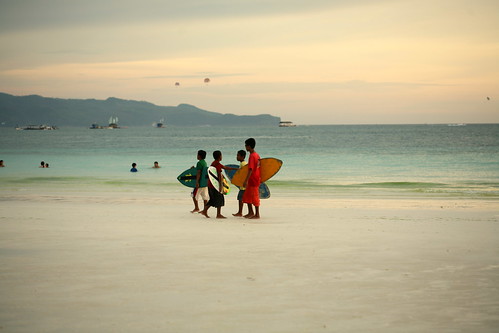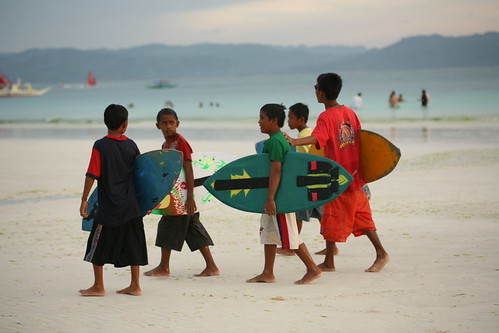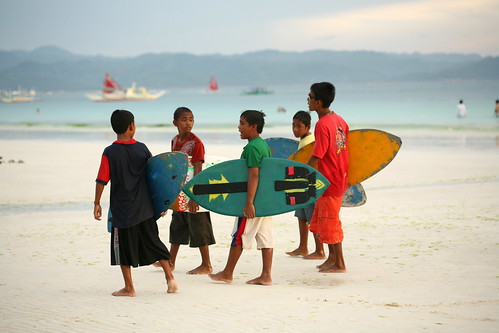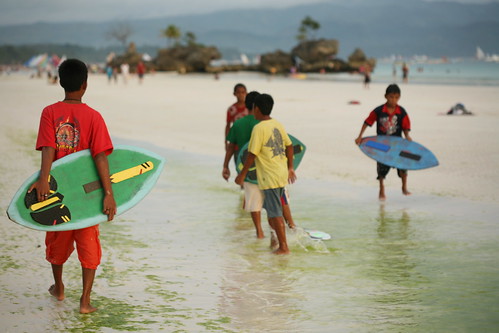Obviously, I’ve stayed away from Boracay for far too long. The last time I was there was in the mid 90s and by the power of commerce, how Boracay has changed! Overrun, crowded, noisy, White Beach is unrecognizable. This is not to say that it is all for the worse.

geometries of Puka Beach
In particular, the three and a half kilometer stretch of White Beach, is a different world far removed from the typical Filipino experience, as if this were some island that operates outside of the country’s borders. Boring, no. Captivating, totally and sinfully so.
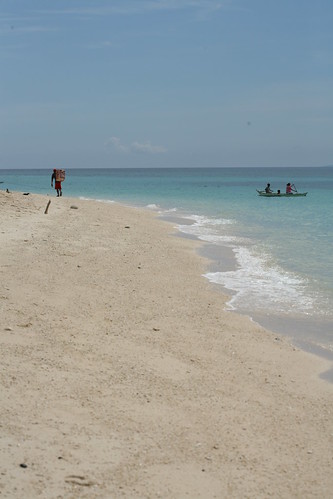
Puka beach lies in Yapak, Boracay Island, Malay, Aklan
But up north, things can be calmer, quieter, saner. Somehow, by a twist of its distance and relative inaccessibility, the beach called Puka remains frozen in time. Gone are the high rise villas, the fastfood outlets and the water sport centers. There stands just one eatery, a few stalls selling seashell souvenirs – the name Puka is derived from the single-holed shell pieces strung together as necklaces that were the rage in the hippie 60s – and surprisingly, only a handful and less intrusive hawkers.
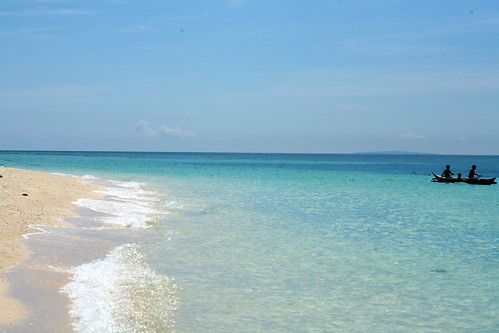
outrigger leaving the beach
Sure, you may still have to hire a boat (about P1,500-1,800 for 3-4 hours tour around the island) or rent a bike or trike to get there. The sand is also not as white nor as powdery. The waters may also be more tricky for the surf is rougher and the reef shallows are narrower.
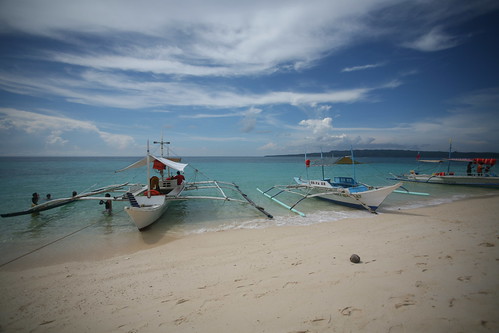
boats docking on Puka
But the stillness and emptiness must be what White Beach was before, way back when tropical paradise needs no marketing. And Puka Beach remains that: blindingly clean sand, crystal blue waters, hot sun and little else.

the view southwards
To go: Boracay is easily reached from Manila or Cebu by air via the airports of Aklan or Caticlan (Malay, Aklan). Boat services from Caticlan to the Cagban port in Boracay are frequent, even in the evening.

